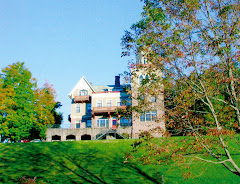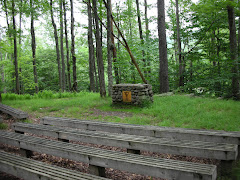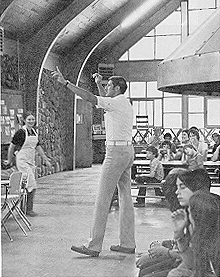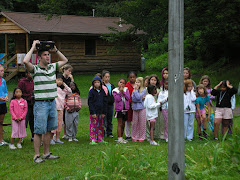Julius Forstmann, born 1871, died 1939, married Adolfine Lynen (1979-1953). The two had five children:
Reinhold 1908-1940
Carl 1904-1922
Curt 1907-1950
Julius G. 1911-1962
Louise 1915-1983
Louise married Kenneth Wilson and they had at least two children, Stephen (b. 1939) and Cecily.
Curt married Elizabeth Allen in 1931 and later was remarried to Seabury Marsh. Curt and Elizabeth had three children: Peter, Annie and Richard.
Julius the younger lived in Greenwich CT and married Dorothy and was later re-married to Mrs. Sammis. Julius had three children, Anthony, Theodore and Nicholas. Theodore is known as Ted or sometimes Teddy.
 A few more words about Ted. Theodore J. Forstmann (born 1940) is one of the founding partners of Forstmann Little & Company, a private equity firm. He is unmarried and has no children. Forstmann is a graduate of Greenwich Country Day School, Phillips Academy, Yale University and Columbia Law School. At Yale he was a member of Delta Kappa Epsilon fraternity. He is usually known as "Ted" (occasionally "Teddy" to friends and family). Ted Forstmann, an attorney, founded Forstmann Little in 1978 with his brother Nicholas C. Forstmann, who later died of lung cancer, and William Brian Little. Ted Forstmann's second brother, J. Anthony Forstmann, founded ForstmannLeff. He was featured prominently in the book Barbarians at the Gate: The Fall of RJR Nabisco, as he and his company attempted to acquire RJR Nabisco. In the subsequent film adaptation, he was portrayed by actor David Rasche. The book portrayed Forstmann as a critic of KKR's Henry Kravis and his investment methods. Forstmann's criticism of Kravis (and much of the rest of the financial industry during the 1980s) centered around the use of junk bond (high-yield) investments to raise large amounts of capital. When the junk bond market later fell into disfavor as a result of scandal, Forstmann's criticism was seen as prescient, as his more conventional investment strategy had been able to maintain nearly the same level of profitability as companies such as KKR and Revlon that built their strategy around high-yield debt.
A few more words about Ted. Theodore J. Forstmann (born 1940) is one of the founding partners of Forstmann Little & Company, a private equity firm. He is unmarried and has no children. Forstmann is a graduate of Greenwich Country Day School, Phillips Academy, Yale University and Columbia Law School. At Yale he was a member of Delta Kappa Epsilon fraternity. He is usually known as "Ted" (occasionally "Teddy" to friends and family). Ted Forstmann, an attorney, founded Forstmann Little in 1978 with his brother Nicholas C. Forstmann, who later died of lung cancer, and William Brian Little. Ted Forstmann's second brother, J. Anthony Forstmann, founded ForstmannLeff. He was featured prominently in the book Barbarians at the Gate: The Fall of RJR Nabisco, as he and his company attempted to acquire RJR Nabisco. In the subsequent film adaptation, he was portrayed by actor David Rasche. The book portrayed Forstmann as a critic of KKR's Henry Kravis and his investment methods. Forstmann's criticism of Kravis (and much of the rest of the financial industry during the 1980s) centered around the use of junk bond (high-yield) investments to raise large amounts of capital. When the junk bond market later fell into disfavor as a result of scandal, Forstmann's criticism was seen as prescient, as his more conventional investment strategy had been able to maintain nearly the same level of profitability as companies such as KKR and Revlon that built their strategy around high-yield debt.The photo above was probably taken in the 1910s, perhaps the mid-10s. Here is Adolfine and two of the Forstmann sons.











